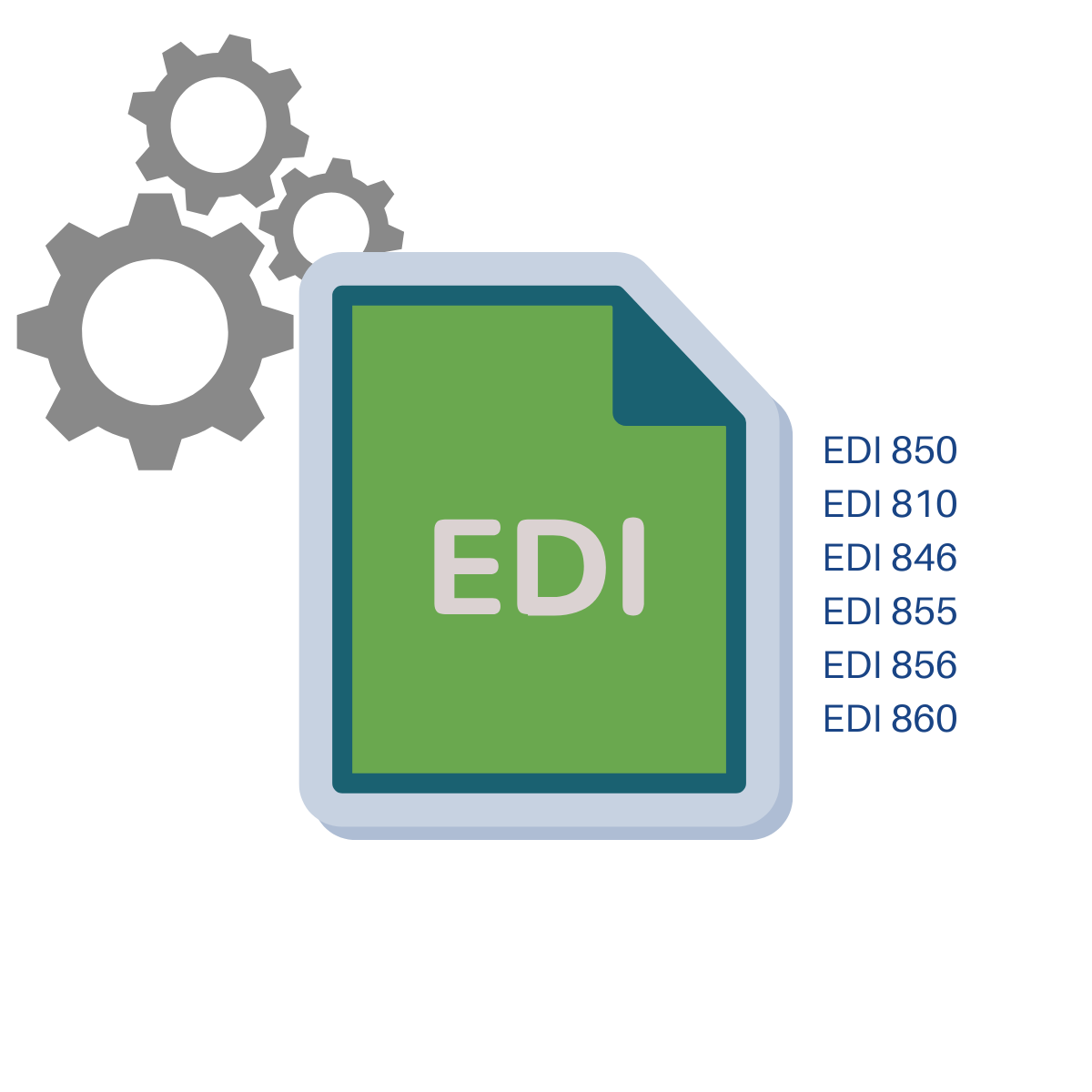Introduction to Top EDI Document Types
Electronic Data Interchange (EDI) is an efficient and effective supply chain management tool. EDI can help reduce lead time, save documentation processing costs, eliminate procurement errors, clarify inventory status information, and enhance strategic alliances throughout the supply chain. In this blog, we will be focusing on some of the top EDI document types that many businesses integrate.
Key Takeaways
EDI Integration Framework: Successful EDI integration requires a systematic approach encompassing five critical elements: trading partners, endpoint systems (ERP, sales, logistics), EDI documents/transactions, standards, and protocols. This framework creates the foundation for automated business document exchanges that eliminate manual processes and enhance operational efficiency.
Invoice-Purchase Order Reconciliation (EDI 810/850): Integrating both EDI 810 (Invoice) and EDI 850 (Purchase Order) creates a powerful automation synergy that streamlines the entire purchase order-to-invoice reconciliation process. These documents establish the foundation for streamlined procurement workflows.
Advanced Ship Notice Benefits (EDI 856): The EDI 856 (ASN) delivers substantial advantages throughout the supply chain, including enhanced shipment tracking, accelerated shelf placement, reduced order-to-payment cycles, improved receiving accuracy, and critical support for drop shipping programs where products are shipped directly from suppliers on a retailer’s behalf.
Inventory Visibility Enhancement (EDI 846): The EDI 846 Inventory Inquiry/Advice transaction provides critical visibility into current stock levels and future inventory pipelines.
What is EDI Integration?
EDI integration is created when an EDI workflow is established between trading partners. It covers multiple key elements, including:
- Trading partners
- Endpoint- IT system to send, receive, and process EDI data (ERP, sales system, logistics systems, etc)
- EDI documents and transactions
- EDI standards
- EDI protocols
Once these elements have been ironed out, it’s time to set up a system, using the best EDI software or technology for your specific workflow. Once the systems are properly integrated, you can automate all of your business documents and transactions. By now, you may be feeling overwhelmed, wondering where to start.
List of Top 7 EDI Document Types Every Business Needs to Integrate & Automate
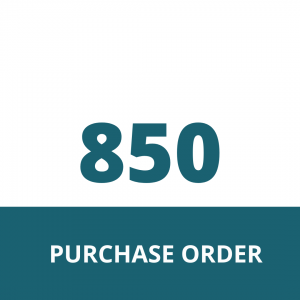
EDI 850 – Purchase Order
One of the very first documents to be integrated is the purchase order (PO). Known as EDI 850, which provides the same information you would find in a paper PO document such as Items, prices and quantities ordered, shipping details, payment terms, etc.
When your systems are integrated with EDI, the 810 flows directly into the order management system, and when EDI is not integrated, a human would have to periodically check the EDI system for new orders and then manually re-key the order into the ERP or whatever other system is required for the fulfillment process.
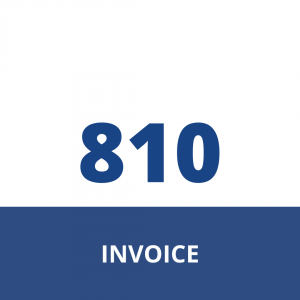
EDI 810 – Invoice
EDI 810, invoices are typically sent in response to an EDI 850 as a request for payment once the goods have shipped or services are provided. Similarly to the PO, invoices are a vital part of the regular communication among retailers and suppliers. An EDI 810 will contain Invoice details such as invoice number and date, shipping details, payment terms, etc.
Integrating both invoices and POs helps with automating the purchase order-to-invoice reconciliation process.
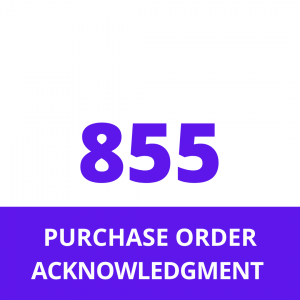
EDI 855 – Purchase Order Acknowledgement
The EDI 855 Purchase Order Acknowledgement is sent after the EDI 850 PO, to acknowledge that the supplier received the PO. Included in the confirmation, the document will tell the buyer if the purchase order was accepted, rejected or requires changes. EDI 855 is often required by large retailers and distributors and may need to be sent in a specified timeframe or at a particular step in your order-processing workflow to ensure EDI compliance.
With the 855 integrated, the supplier’s system automatically generates the acknowledgement via a workflow, without a person having to review the PO and send the response.
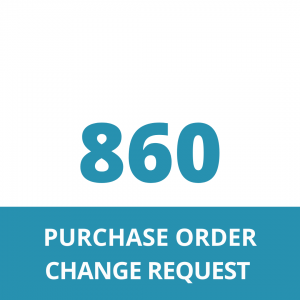
EDI 860 – Purchase Order Change Request
Once a purchase order has been accepted by the buyer there may be some changes requested. The purchase order change request, or EDI 860, is used to update and amend a previously submitted purchase order. This could reflect a change in quantity, ship date, customs, transport details, etc, from the original PO.
Integrating the EDI 860 has many benefits like reducing errors associated with manual retyping and the number of customer service touchpoints, as well as updating of time-critical orders which speed up the entire ordering and adjustment process.
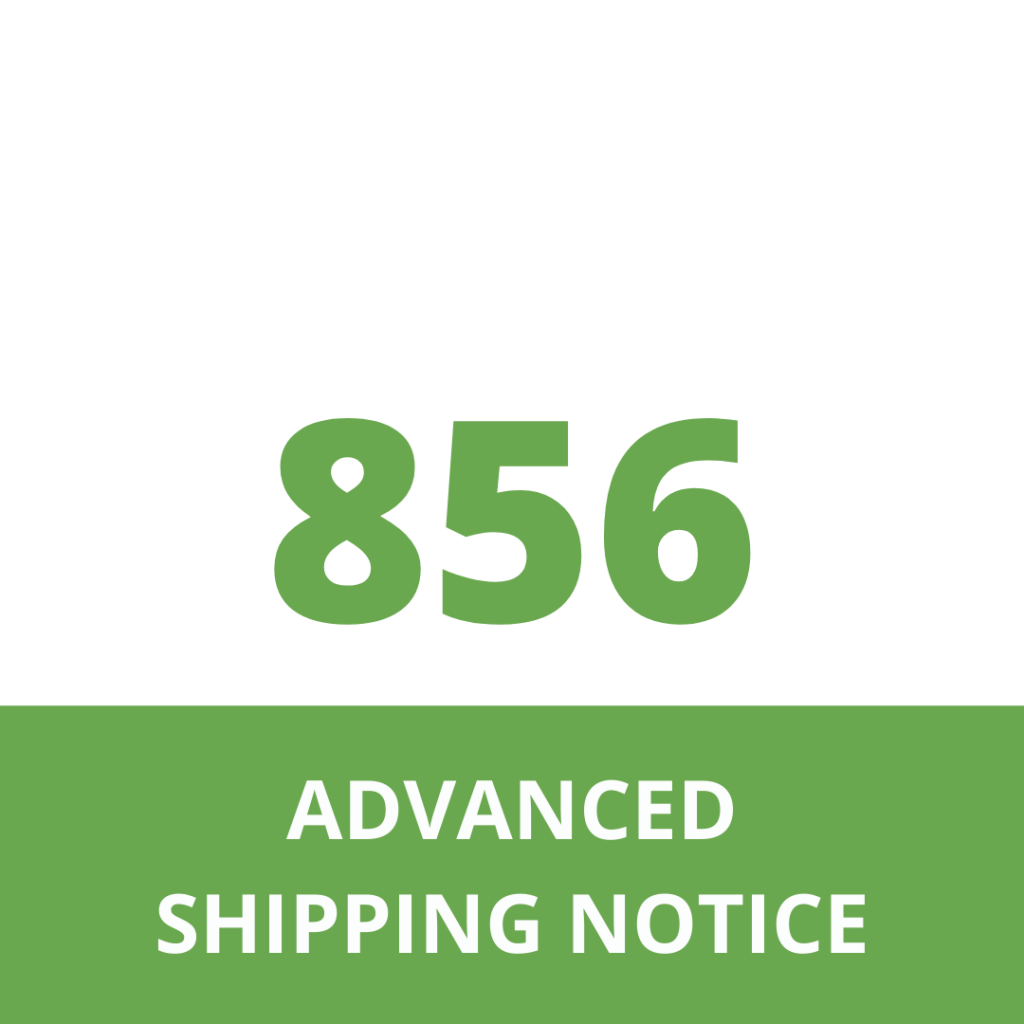
EDI 856 – Advance Ship Notice
The advanced shipping notice (ASN), also known as EDI 856 is sent from the seller after an order has been shipped. The EDI 856 can contain information such as shipment number, PO number, quantity, item details, and quantities, and more.
The ASN is especially important for businesses that participate in drop shipping programs, where orders are shipped from suppliers, vendors or distributors on behalf of a retailer. Suppliers can benefit by tracking shipments and getting products on store shelves faster, and reducing order-to-payment cycles. Retailers can see improved speed and accuracy of receiving goods, receive shipment information in advance, and planning for production and inventory can be enhanced.
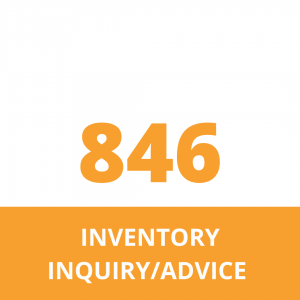
EDI 846 – Inventory Inquiry/Advice
The EDI 846 inventory inquiry/advice document tells the purchaser the quantity of goods the seller has on hand, as well as what they have on order for future dates. Knowing what inventory is available and in the pipeline enables both parties to better forecast and manage buying and selling needs.
An EDI 846 can be sent by suppliers at different frequencies, from multiple times a day to a few times a week depending on the needs of the trading partner. The Inventory Inquiry/Advice is most commonly used with online retailers such as Amazon, specifically for drop shipping.
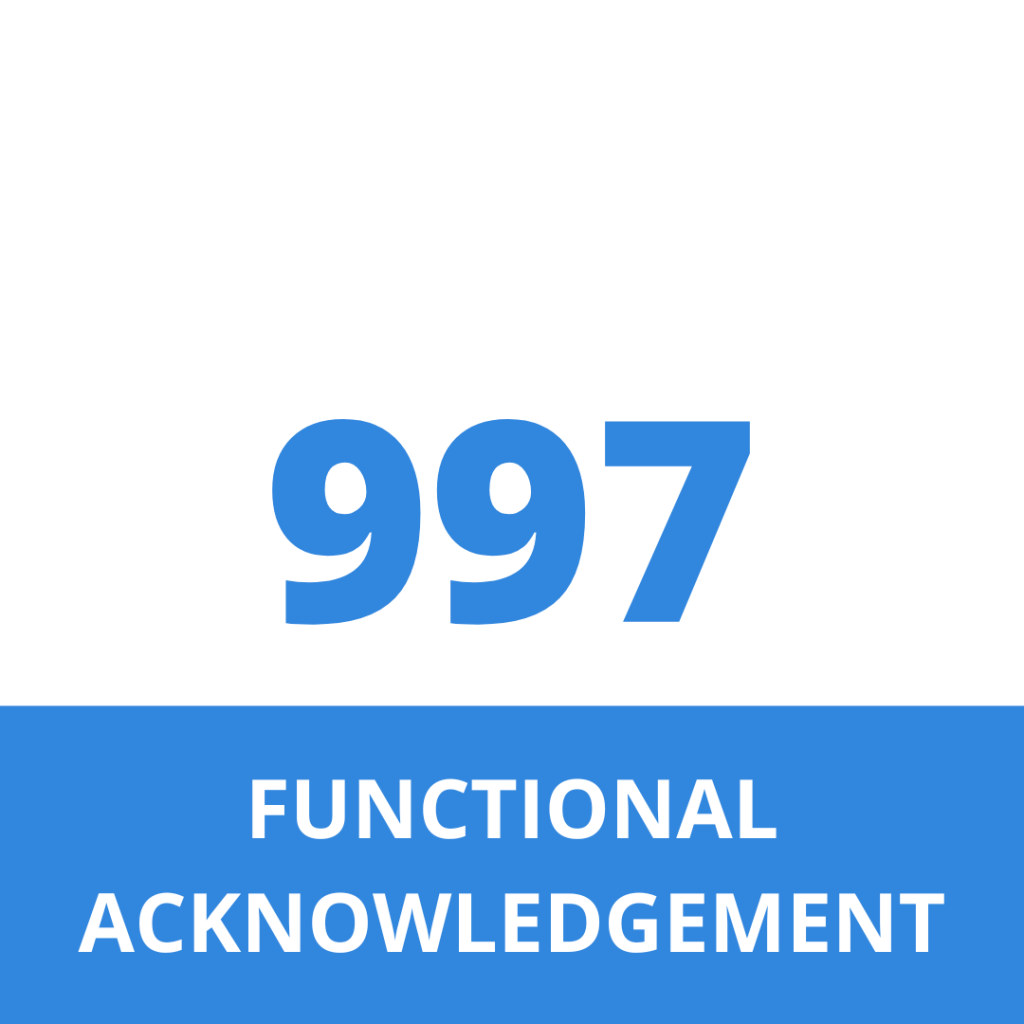
EDI 997 – Functional Acknowledgment
While not mentioned in the primary list, the EDI 997 Functional Acknowledgment serves a critical role in EDI communications, providing confirmation that an EDI transmission was received and processed correctly. This transaction acts as a receipt for EDI messages, verifying:
Receipt of the EDI transaction
Compliance with EDI standards
Successful initial processing
Syntactical correctness of the data
The 997 transaction does not confirm the business content of the message—only that it was received and structurally valid. This distinction is important, as business validation occurs through other document types like the 855 Purchase Order Acknowledgment.
Organizations implementing automated 997 processing create closed-loop communication systems that enhance reliability, reduce uncertainty, and provide clear audit trails for all EDI transactions. According to EDI integration specialists, proper implementation of 997 acknowledgments reduces communication-related errors by up to 90%, dramatically improving the overall reliability of EDI operations.
Conclusion
Electronic Data Interchange delivers transformative benefits across virtually every aspect of business operations. From operational efficiencies and cost reductions to strategic advantages and environmental benefits, almost every business out there is already using or will incorporate EDI into their business process to further streamline their communication and automate these top 7 EDI transaction types, which are common for all business types.
Automate Your Document Exchange with Commport EDI Solutions
Download: EDI Buyers Guide
Unlock the full potential of your supply chain with our comprehensive EDI Buyer's Guide — your first step towards seamless, efficient, and error-free transactions
Frequently Asked Questions
Common EDI document types include Purchase Orders (EDI 850), Invoices (EDI 810), Advanced Shipping Notices (EDI 856), and Functional Acknowledgments (EDI 997). These documents facilitate the electronic exchange of critical information between trading partners
The EDI 850 Purchase Order streamlines the ordering process by electronically transmitting purchase order details. It helps reduce lead times, minimizes errors, and enhances efficiency in procurement and order fulfillment.
The EDI 810 Invoice automates the invoicing process, allowing businesses to send standardized electronic invoices to trading partners. This promotes faster payment cycles, reduces manual errors, and improves overall cash flow management.
The EDI 856 Advanced Shipping Notice provides advance notification about shipments, detailing the contents, packaging, and expected delivery dates. Integrating EDI 856 enhances visibility, enables better inventory planning, and expedites the receiving process.
The EDI 997 Functional Acknowledgment serves as a receipt confirmation for EDI transactions. It verifies the successful receipt and initial processing of electronic documents, ensuring data accuracy and helping prevent misunderstandings between trading partners.

